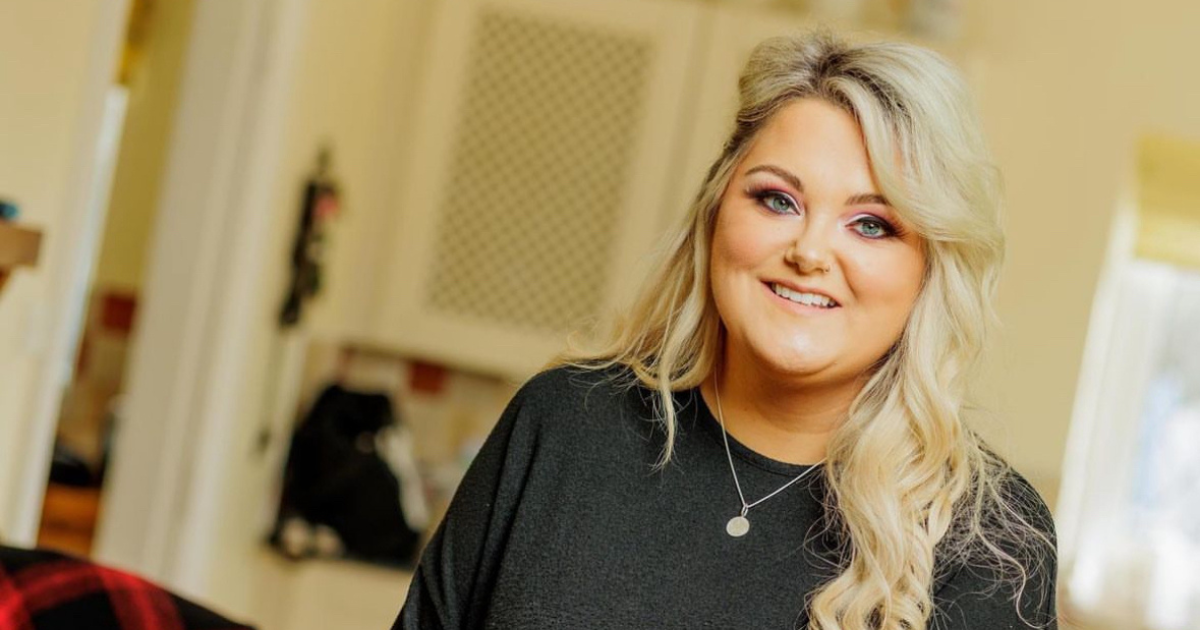Freedom in a wheelchair
Paralympic wheelchair racer Hannah Cockroft wasn’t expected to survive birth, let alone become a top professional athlete.
“I had two cardiac arrests within my first 24 hours of life,” the 27-year-old Brit tells This Is MedTech. Doctors managed to resuscitate Hannah with the support of medical technologies like defibrillators as well as heart and oxygen monitors, however she was left with various areas of brain damage. “This also resulted in nerve damage, so I have weak hips and mobility problems from the lack of messaging getting to my lower body,” she explains.
Defying doctors’ predictions, Hannah learned to walk when she was three. “The unique way in which I learned to do so, because of my weak hips and severe lordosis, means that I now also have deformed feet and legs,” she adds. “I also have issues with my fine motor skills, so anything complicated with my hands is difficult and I don’t have great reaction times or hand eye coordination – all the skills you’re expected to have as an athlete!”
Nevertheless, she has gone on to hold the world records for the 100 metres, 200 metres, 400 metres, 800 metres and 1500 metres in her classification and the Paralympic records at 100 metres, 200 metres, 400 metres and 800 metres. She won two gold medals competing for Great Britain at the 2012 Summer Paralympics in London, and three further gold medals at the 2016 Summer Paralympics in Rio de Janeiro.
“I went to mainstream schools throughout my childhood, and was always just treated like any other child, except for when it came to playtime and physical education. These were areas of school that I had to sit out of until I was approaching my teens,” she recalls. “When I was 12, my PE support assistant invited the local wheelchair basketball team in to do a demonstration. And that was it, my world was blown wide open.”
After being introduced to the team, Hannah began to train and compete with them. Through the club, she also tried out wheelchair tennis and wheelchair rugby, and eventually, she came across wheelchair racing. “I was just instantly hooked. It gave me an independence that I had never felt before,” she comments. “In racing, I had freedom, I had speed and it was all down to me.”
Hannah had spent her childhood “in every walking device you can imagine, from standing frames, to kay walkers, to twisters and splints”, which allowed her to walk short distances. But since finding sport when she was 12 and realising that a wheelchair didn’t have to be cumbersome, she let her body become more dependent on one. “I found that I had much more freedom with one, than I did struggling around on my feet without one. My wheelchairs, in the way that they have become more lightweight, compact and personal, have helped me the most as they help me live my life the way I want to and at the speed I want to.”
Hannah is a true role model to young people with disabilities. Asked what advice she’d give them, she says: “Just follow your heart. Don’t let others decide if you can or can’t do something, be brave and just try it. In almost everything in life, there is a way to do it sitting down!”






